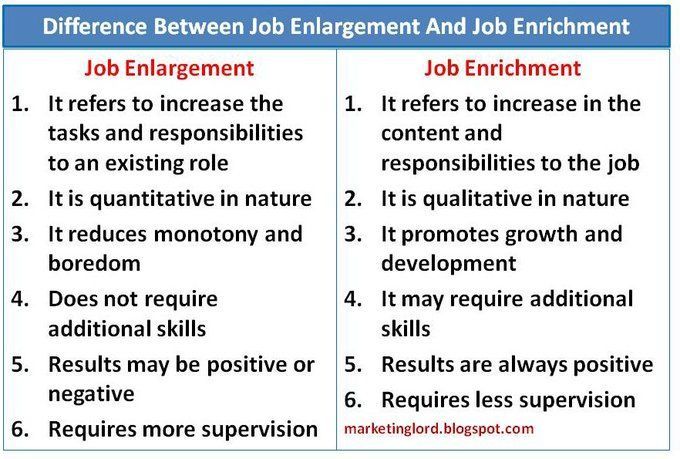Evolving Your Hiring Approach in a Tight Labor Market
It’s no secret the tight labor market continues to impact organizations in the United States and internationally. The Great Resignation is in the rearview mirror. However, the job market in North America and other places worldwide hasn’t yet returned to pre-pandemic conditions.
Sure, there are more employed workers than unemployed workers in several job sectors today — meaning the labor force participation rate remains fairly stout. (Particularly in the U.S.)
However, the Federal Reserve’s raising of interest rates has led many companies — from small businesses to Fortune 500 companies — to hold off on filling job openings (and even pull them from their career sites and job boards) until lingering economic uncertainty clears up.
So, what should employers and their human resources and talent acquisition teams make of this ongoing ambiguity around labor market tightness?As Red Branch Media Founder and CEO Maren Hogan and Employ SVP People & Talent Corey Berkey shared on our recent webinar, C-suites and TA/HR leaders should simply continue to keep a close eye on industry trends.
Specifically, data that reveals how other employers are navigating this period of disruption so they can get ideas and inspiration for their own recruiting and hiring efforts.
Recruiters “feeling the pinch” — and burning out — in the ongoing tight labor market
As we enter 2024, labor demand is high (and growing), while labor supply varies from one industry to the next. Early retirements continue to hit executive teams at large-scale businesses. And the unemployment rate in the U.S. remains near lows seen prior to the COVID-19 pandemic.
In short, there are a lot of mixed signals in the continually tight labor market and economy.
As Corey explained in the webinar, this has not only affected execs’ near- and long-term workforce planning, but also recruiters’ level of anxiety and unease.“There’s now this added stress of not only ‘I’ve got a lot of reqs, my skills are in demand, and my business needs me to be able to perform,’ but also that performance pressure gets accelerated in the world we’re living in today because … there’s less people to manage those reqs,” said Corey.
Layer on top of that what recruiting professionals are seeing in the tight labor market today (high employee turnover rates, worker displacement due to ever-changing business dynamics and needs), and there’s clearly a palpable volatility inside the recruiting space, Corey added.
“All that really compounds that stress [for talent acquisition teams],” per Corey.
Increasing salary bands one way employers better compete for talent in tight labor market
On top of dealing with mounting pressure, Corey said recruiters also have to deal with budgetary constraints decided on by leadership as it relates to both their talent team budget (i.e., getting the tech tools and recruitment marketing dollars they need to succeed) and the salary levels they’re able to offer candidates of interest toward the end of each hiring cycle.
“[Cuts] play out across the entire business,” said Corey. “But, TA feels that burden, because they’re trying to negotiate to these accepted offers. They’re trying to drive the business forward. But, they’re trying to do with less and less resources and less salary dollars.”
Despite getting seemingly not-as-competitive salary bands for many roles, some recruiters are working more closely with their C-suites to secure more money to offer candidates.
Maren stated in the webinar how — per the 2023 Recruiter Nation Report — 40% of talent acquisition teams are working to expand the salaries they can present to job prospects today and will continue to do so in 2024.“Candidates are kind of used to getting what they want,” said Maren. “They got a good, solid 18 months there [of having a candidate-centric market]. And now, they’re kind of not backing down from some of those needs, desires, and demands.”
This, in turn, makes it much harder for recruiting orgs to fill vacant roles with high-quality candidates at all, let alone in a timely and efficient manner, Maren added.
To prevent their recruiters from having to be the “intermediaries” regarding salary discussions with prospective hires, Maren said it’s vital for C-suites to ask themselves how they can “strike a balance between sort of rigid corporate budgets and the salary expectations of candidates.”
“Strategic leaning” toward RPOs growing rapidly, as employers combat labor market tightness
Aside from discussing the emotional impact the tight labor market has had on recruiters, Corey and Maren touched on what employers at large are doing to compete for talent and ensure they keep their talent pools filled with many relevant, qualified candidates.
One way a number of companies are doing this?
Turning to recruitment process outsourcing (RPO) service providers that can tackle numerous talent acquisition tasks and address niche hiring needs businesses’ in-house recruiting orgs simply don’t have the time or expertise to tackle.
The 2023 Recruiter Nation Report revealed how 30% of HR and TA leaders said their orgs currently use RPO firms to help with their hiring efforts — an 11-point increase from 2022.Investment in RPOs is “a recognition that TA has matured into a distinct specialty, and orgs are harvesting specialized fields from external providers” to fill key roles, said Maren.
There are certainly other ways employers are coping with the tight labor market and ensuring they can realize their desired level of headcount growth, our research found. For instance:
- 42% of businesses are optimizing recruiting processes to accelerate hiring
- 34% are using AI tools to augment their day-to-day talent acquisition tasks
- 30% are onboarding more advanced TA tech, like applicant tracking systems (ATS)
The combination of these hiring strategy adjustments and factoring in the needs of their own businesses is what will set talent teams up for success in 2024 and beyond, per Corey.
“Leaders across the globe are going to get handed a req list on January 1 and say, ‘Hey, the budgets approved — go get ’em,” said Corey. “And we’ve got to make sure that we’re able to be scalable with hiring and leverage all these [recruiting] modes as we navigate the labor market.”
Discover how our complete ATS + CRM solution can help your org execute and optimize your talent acquisition strategy and enhance your hiring efforts amid tight market conditions.The body content of your post goes here. To edit this text, click on it and delete this default text and start typing your own or paste your own from a different source.
Source: https://www.lever.co/blog/tight-labor-market/


